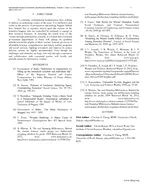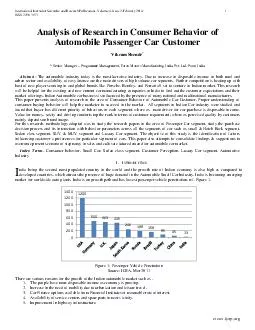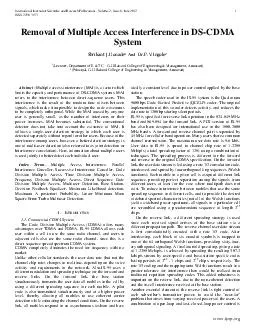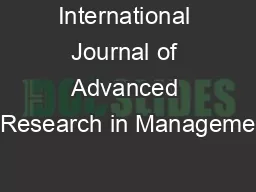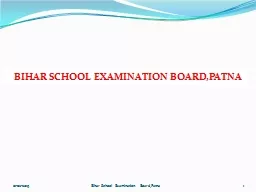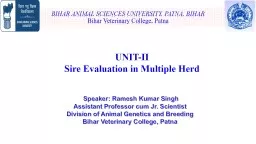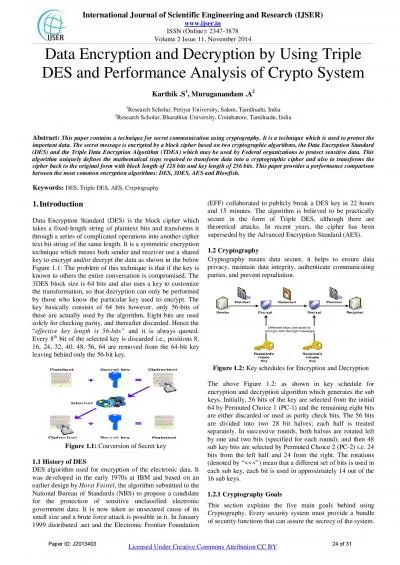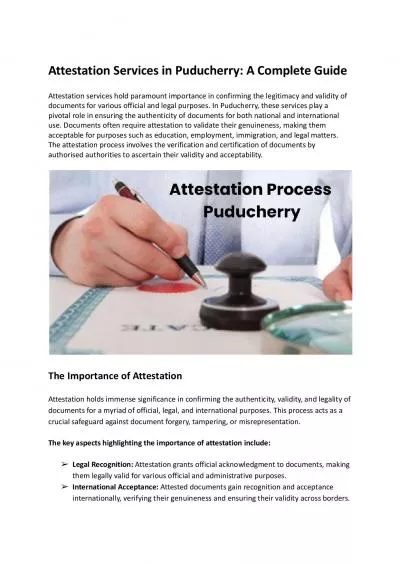PDF-International Journal of Scientific and Research Publications Volume Issue November
Author : pamella-moone | Published Date : 2015-02-22
Cheng Vikash Kumar Child Advocate Minnesota Judicial Branch Minnesota Advisor Medha Bihar India Abstract Homelessness has been one of the issues that remain unresolved
Presentation Embed Code
Download Presentation
Download Presentation The PPT/PDF document "International Journal of Scientific and ..." is the property of its rightful owner. Permission is granted to download and print the materials on this website for personal, non-commercial use only, and to display it on your personal computer provided you do not modify the materials and that you retain all copyright notices contained in the materials. By downloading content from our website, you accept the terms of this agreement.
International Journal of Scientific and Research Publications Volume Issue November: Transcript
Download Rules Of Document
"International Journal of Scientific and Research Publications Volume Issue November"The content belongs to its owner. You may download and print it for personal use, without modification, and keep all copyright notices. By downloading, you agree to these terms.
Related Documents

